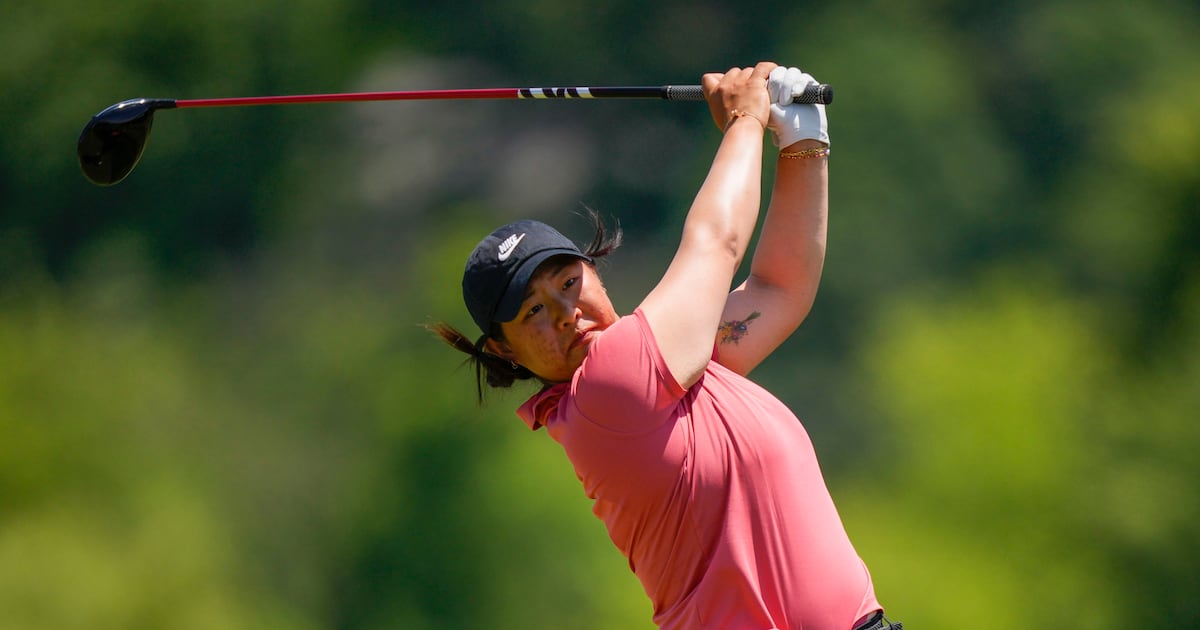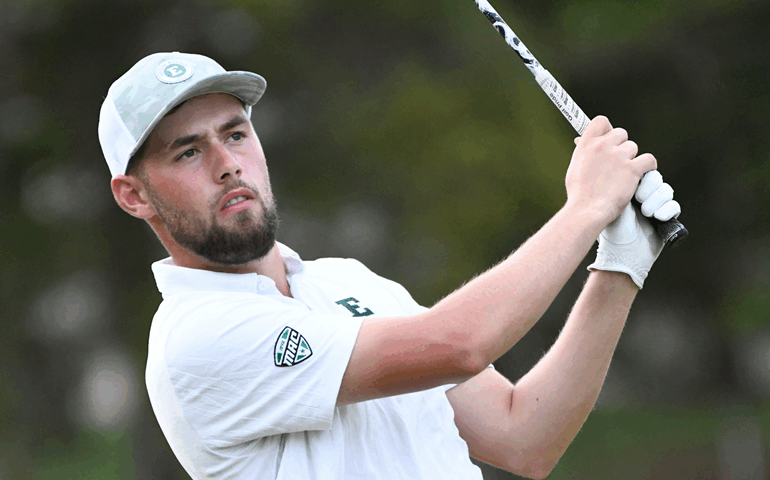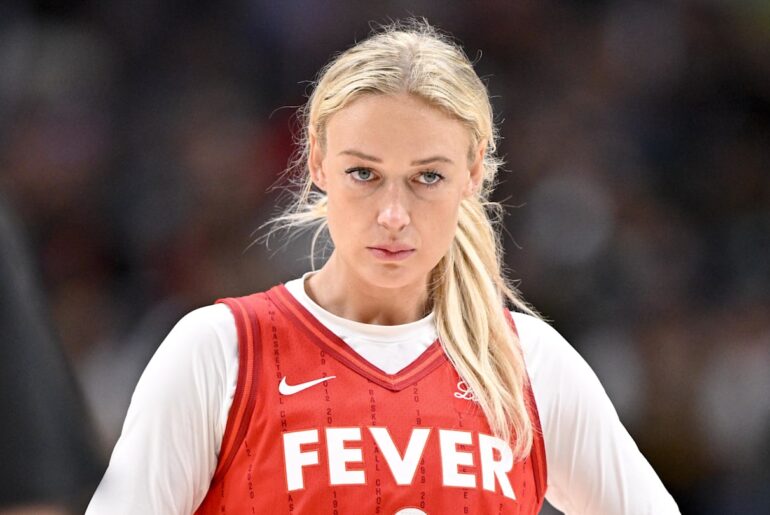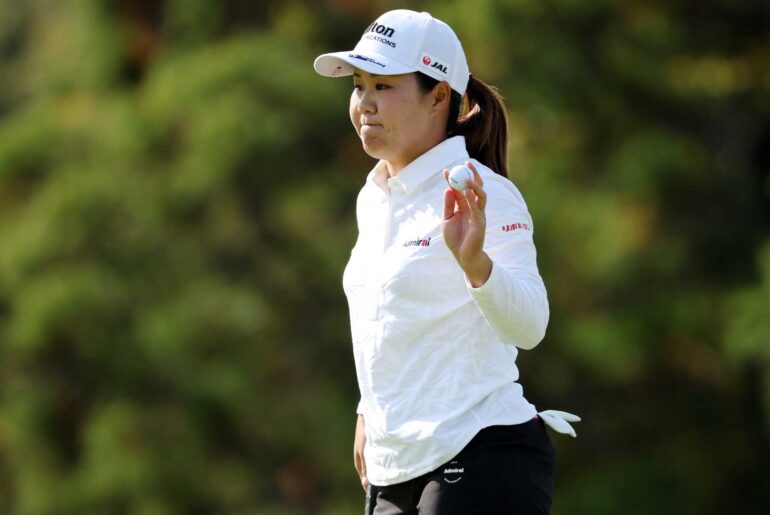The No. 4 USC women’s golf team faced ups and downs in the Alice and John Wallace Classic in Palm Springs this past weekend.
The Trojans teed off with strong momentum, but ultimately found themselves struggling behind a dominant No. 3 Oregon team. The tournament wasn’t the Trojans’ best overall showing, but head coach Justin Silverstein saw both positives and opportunities for growth.
“A mixed bag is the way I would put it,” Silverstein said. “We had some really solid individual performances, but as a team, we just weren’t quite sharp enough to compete at the highest level this weekend.”
USC finished second, 23 strokes behind Oregon. Before coming into the tournament, USC was ranked No. 3 in the country ahead of No. 5 Oregon. That said, the Trojans managed to beat third place No. 43 Pepperdine by over 20 strokes. However, Silverstein noted the team will need to sharpen its play if they hope to compete with elite schools at upcoming tournaments.
Despite the tough competition, several Trojans stepped up. Junior Catherine Park led the team with a top-10 finish, shooting a three-round total of 203 (-10). Freshman Jasmine Koo wasn’t far behind, finishing at 210 (-3) and earning a top-10 spot. The rest of the team finished lower down on the leaderboard. Sophomore Bailey Shoemaker finished 1 over par, senior Cindy Kou finished three over par, and freshman Kylie Chong ended the tournament eight over par.
USC currently has two players that are ranked top ten in the country, No. 3 Koo and No. 10 Park.
While that may have rattled a younger squad, the veterans stepped up.
“Our three returners—Cindy, Catherine, and Bailey—did a great job of keeping everyone focused,” Silverstein said. “They reassured our freshmen that a comeback in college golf is absolutely doable. And for a bit, we made a push, cutting the lead to four during the second round.”
One unexpected highlight for the Trojans was their play on the greens.
“We putted at a really, really good clip,” Silverstein said. “Honestly, one of our best putting events in the last five or six years.”
While that might sound like a recipe for success, shot execution was a different story.
“When people think golf, they assume putting wins tournaments—and it does, sometimes,” Silverstein said. “But at this level, ball-striking is what separates the elite. We just didn’t hit it well enough, and that’s something we usually do at a top-tier national level.”
Had the team combined their elite putting with their usual shot execution on the greens, the outcome could have been much different.
Silverstein emphasized the importance of a measured response and staying focused would help lead the team to better outcomes.
“We don’t need to do anything drastic,” he said. “We don’t need to overreact or underreact. It’s all about responding the right way.”
Each tournament presents unique challenges based on course conditions, and Palm Springs was no different. The course featured firm, flat greens, which made putting easier but also created challenges on approach due to unpredictable bounces. While the team had a game plan to adjust to the firmness of the greens, their execution fell short at times.
Silverstein mentioned that the team had executed this type of strategy effectively in previous tournaments, such as their wins in the East Lake Cup, at Stanford and at Palos Verdes earlier this season. Improving execution will be a primary focus in the team’s upcoming practices.
Though the team ultimately wasn’t able to maintain a full comeback, the leadership and mindset shown by the upperclassmen were encouraging signs for the program’s long-term success.
The Trojans will begin preparing for their next event in Northern California later this week.
Silverstein gave the team an extra day off to reflect before regrouping at practice to come back stronger in Northern California this weekend.
“A lot of teams are happy finishing second,” Silverstein said. “We’re not one of them.”







